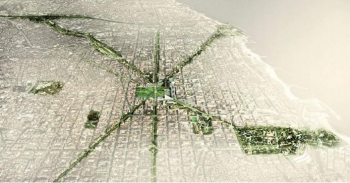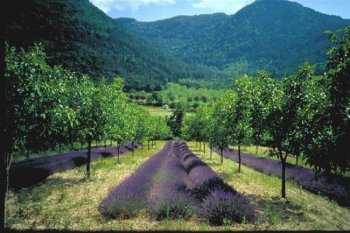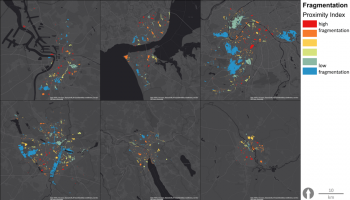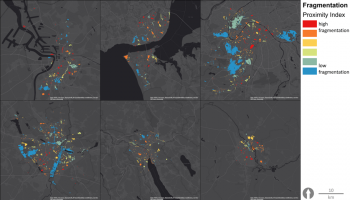Barcelona, Spain: Ajuntament de Barcelona
The objective of the catalogue of actions set out in the Green Infrastructure and Biodiversity Plan is to implement a strategy for improving existing green heritage and for preserving and enhancing Barcelona’s biodiversity to provide the inhabitants of Barcelona with many ecosystem services.








